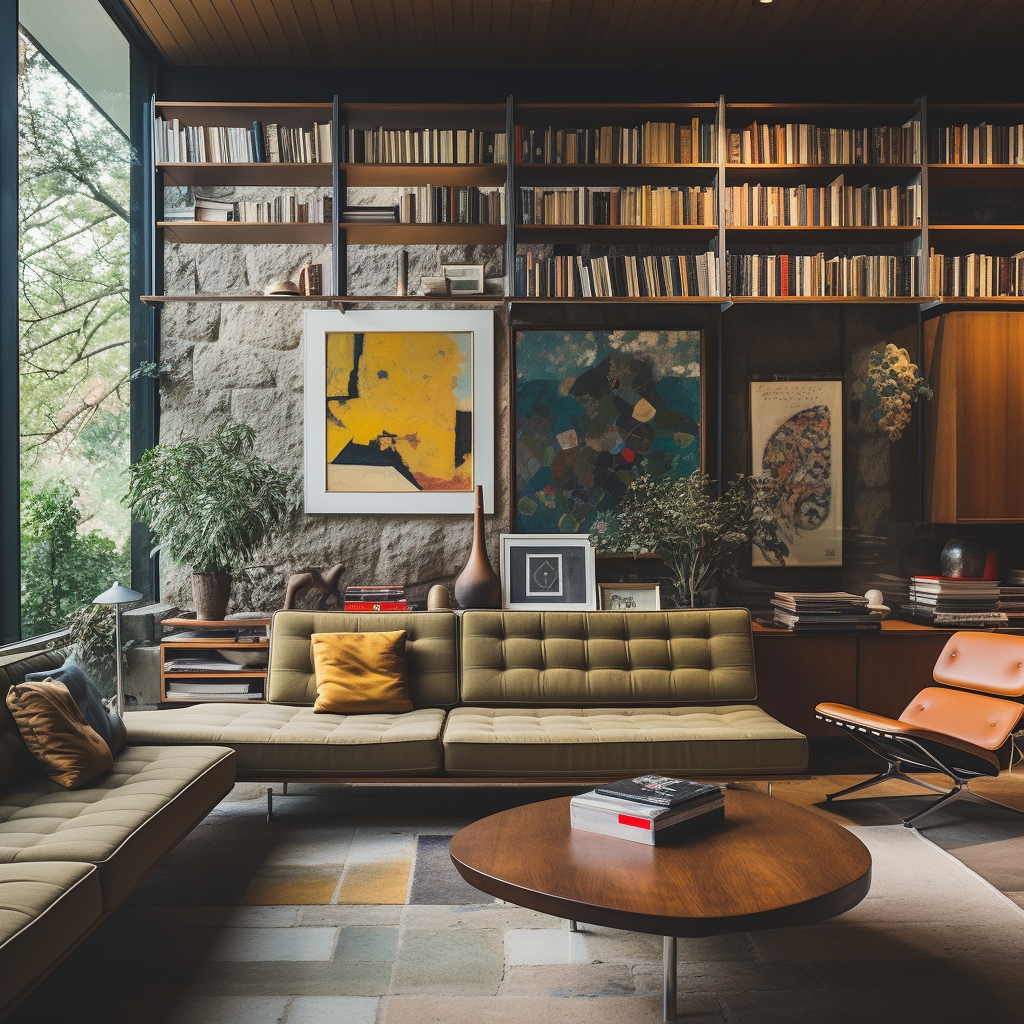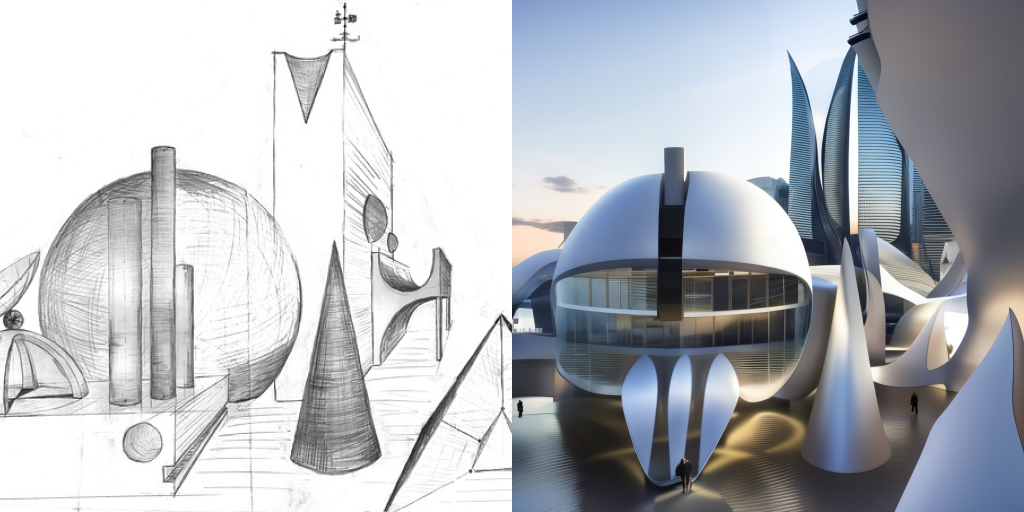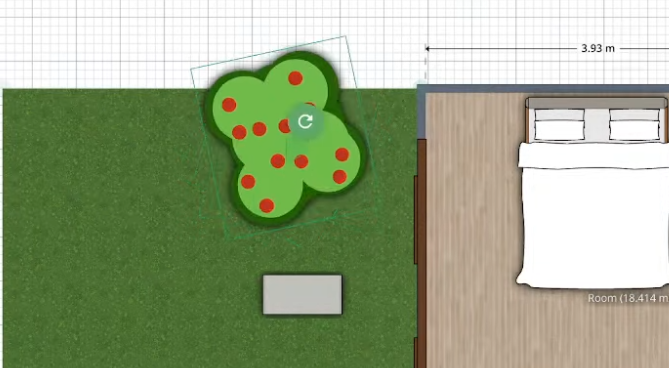July 5, 2023
James Bravo
Artificial Intelligence (AI) has become an essential tool on many sectors, reshaping conventional practices with its cutting-edge capabilities. One industry impacted by the AI wave is interior design, which now leverages advanced AI tools for various tasks. Recent advancements in generative AI – AI that generates text and images – have unlocked a multitude of opportunities within this industry. In this article, we delve into the core of Interior Design AI, its categories, functionalities, and the potential benefits and challenges it presents.
Interior Design AI is an application of AI that uses advanced AI models to automate or assist with various interior design tasks. These tasks include the creation of design drafts, visualization of spatial arrangements, and modification of existing designs. By integrating AI within their workflows, designers can expedite their processes, cultivate creativity, and effectively manifest their ideas with more precision and speed.
But Interior Design AI is not just a tool for professionals; it's also a game-changer for non-professional enthusiasts who have an interest in interior design. The user-friendly interfaces and the ability of AI to generate design ideas make it easier for enthusiasts to visualize and realize their interior design aspirations. Whether it's to experiment with color palettes, layout designs, or different styles of furniture, Interior Design AI democratizes the design process, making professional-level design accessible to a broader audience. This accessibility fosters a more inclusive design environment, where anyone with a passion for interior design can bring their ideas to life with greater ease and precision.
The primary categories of Interior Design AI technology are text to image, image to image, and drag and drop.
Text-to-image technology uses translates detailed written instructions into realistic, high-quality images. Within the context of interior design, this technology can manifest a design brief into a visually immersive depiction of a room or space. It marks a new era of design representation, offering a more tangible way to communicate and materialize design concepts.
Some text-to-image AI technologies include Dall-e, Stable Diffusion, and the most notorious Midjourney. Today, Midjourney is ahead of the pack in terms of image quality. It can generate stunning photorealistic images from just a few words. Midjourney, however, cannot be integrated in other platforms. It is against the terms of service.
Stable Diffusion can be harder to use for non-technical users, but it has the advantage of being open-source. So many interior design software companies provide a more user-friendly interface for Stable Diffusion, as we do here at Frankly.

Modern living room by Midjourney AI
Image-to-image technology stands as another pivotal innovation within the interior design industry. This AI application retains the base structure of images while enabling modifications, allowing designers to manipulate design aspects or room layouts without initiating from scratch. For instance, this technology can demonstrate how a living room would appear in a whole new style.
The most prominent image to image technology is called ControlNet. If you have seen lately any products that show images and sketches being modified while keeping the main structure, chances are that it is using ControlNet behind the scenes.

We use ControlNet at Frankly.
The drag-and-drop AI functionality presents a hands-on approach to interior design. It allows users to place and rearrange furniture and other elements within a virtual space. At the same time, AI optimizes object placement based on aesthetic principles and user preferences. Note that not all drag-and-drop programs have incorporated AI.
This software is more flexible, allowing the user to define in specific terms what the layout should look like. But it is also more time consuming, and the software can be hard to use, with a steep learning curve.

Planner 5D. Drag-and-drop technology.
Interior Design AI is enabled by recent advances in AI models. These are trained on extensive datasets that include text, images, and other relevant inputs. This training allows the AI to comprehend the correlation between different elements, understand aesthetic principles, and generate or modify images based on the specified inputs. The output becomes increasingly refined as the AI interacts with more data and feedback, leading to more precise and aesthetically aligned designs.
Incorporating AI into the interior design workflow can significantly enhance the design process by streamlining tasks, fostering creativity, and ensuring efficiency. Let's discuss the context in which AI can be deployed within the interior design framework.
In the conceptualization phase, Interior Design AI can support designers in brainstorming and generating innovative design ideas. Using text-to-image AI technology, designers can describe their ideal room or space, and the AI will provide a visual representation based on the description. This way, AI acts as a creative collaborator, generating design drafts that serve as a starting point for further exploration.
During the design phase, AI can significantly reduce the time spent to create or modify designs. Image-to-image AI tools can transform initial designs or adjust certain aspects without needing to start from scratch. This encourages experimentation, as designers can quickly visualize changes and decide what works best for the space.
Beyond the design phase, Interior Design AI also plays a crucial role in the presentation and implementation of the design. AI can generate comprehensive lists of furniture and decor, along with links for purchase. Additionally, AI can create immersive 3D visualizations or virtual walkthroughs for clients to fully understand and experience the proposed design.
In this context, within the interior design workflow, AI is more than just a tool; it's an intuitive assistant that works in synergy with designers, creating a collaborative environment that promotes creativity, efficiency, and continual learning.
Note that you don't always need to use every benefit that AI brings. You can pick what works best for you.
The integration of AI within interior design presents numerous advantages:
However, the use of AI within interior design is not devoid of potential drawbacks:
With digital advancements shaping the world, AI's role in interior design is anticipated to expand. Interior Design AI merges technological competence with aesthetic understanding, offering an avenue to revolutionize the industry. As we navigate the potential challenges, the future of AI within interior design appears to be promising, signaling the onset of a new design era where creative boundaries are continuously redefined.
Learn how to harness the power of AI with Frankly.
Follow us on Instagram.